 He didn't realise it at the time but when Bonny Prince Charlie was heavily defeated at the Battle of Culloden in 1746, his disappearance with his surviving Jacobean army into the Highlands led to the development of the first detailed, scaled maps of the British landscape.
He didn't realise it at the time but when Bonny Prince Charlie was heavily defeated at the Battle of Culloden in 1746, his disappearance with his surviving Jacobean army into the Highlands led to the development of the first detailed, scaled maps of the British landscape.In their pursuit of the fleeing Jacobite's the Hanoverian soldiers were hopelessly lost in the unfamiliar surroundings. They could not establish whether they were trying to climb Sgurr na Lapaich or Carn nan Goghar - the highland peaks all looked the same. In the confusion Prince Charlie eluded his pursuers and escaped to Skye and finally Borrowdale in the Outer Hebrides, the rest as they say is history!
But a Colonel David Watson was very unhappy. He convinced the Army that they needed to produce a decent map of the Highlands and he found just the man for the job - a young surveyor by the name of William Roy. He produced a military map of Scotland, but also saw the need for a large scale map of the whole of Britain.
There are over 5,000 triangulation (trig.)points in the Country that were used to take bearings by the surveyors who created the maps. They spent days, even weeks, camped on cold, wet mountain tops just waiting for the clouds to part.
The triangulation surveys were turned into maps in the Tower of London, by interior surveyors who engraved sheets of cooper with all the details of the villages, woods, roads and rivers. And they had to draw this back to front, so that when inked it came out the right way round!
Up until 1805 the maps were mainly used by the military, until they were published for retail sale costing 3 guineas for a small county and six guineas for a larger one. in 1870 the last of the 204 sheets was published.
Triangulation has now been made obsolete by GPS, laser beams, aerial photography, satellites and sat-nav.
In the 1830's George Everest took the survey to India and they eventually decided to name a famous mountain after him!






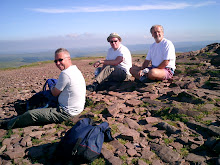


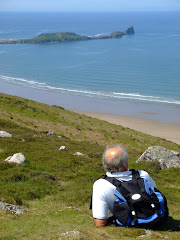


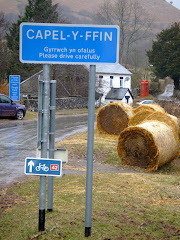
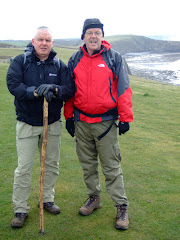


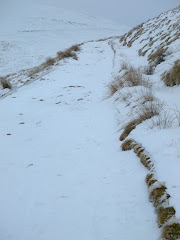


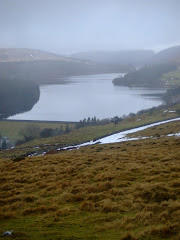














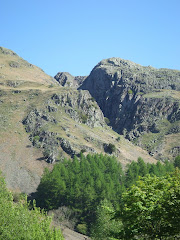

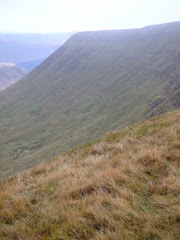

No comments:
Post a Comment